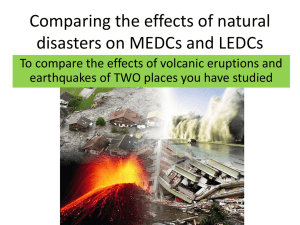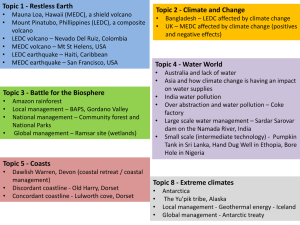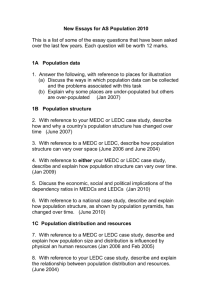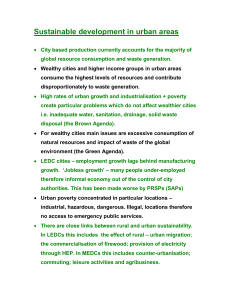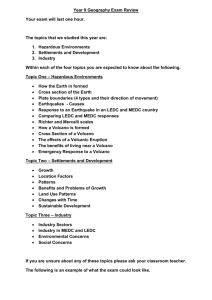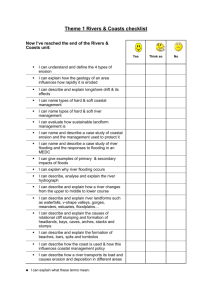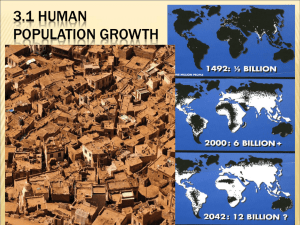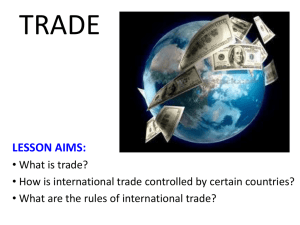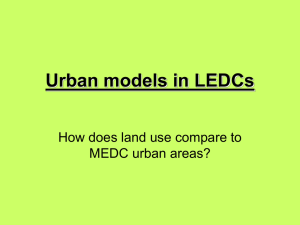Study Section A: Atmospheric Systems and People
advertisement
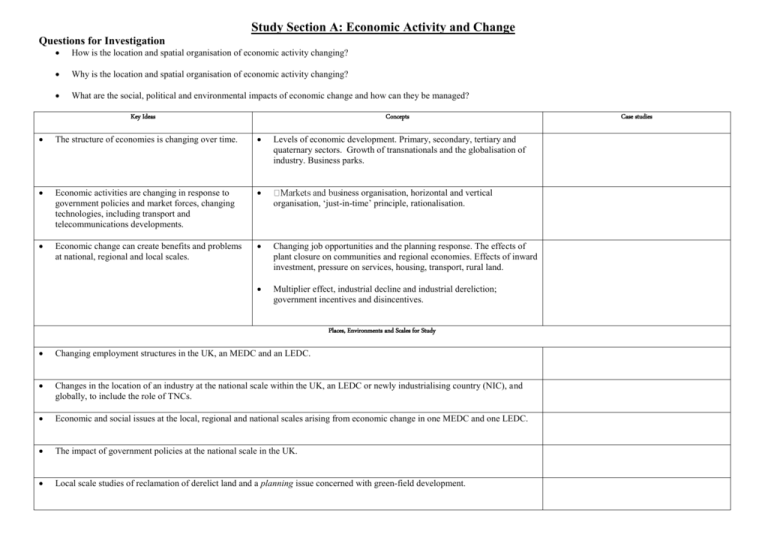
Study Section A: Economic Activity and Change Questions for Investigation How is the location and spatial organisation of economic activity changing? Why is the location and spatial organisation of economic activity changing? What are the social, political and environmental impacts of economic change and how can they be managed? Key Ideas Concepts The structure of economies is changing over time. Levels of economic development. Primary, secondary, tertiary and quaternary sectors. Growth of transnationals and the globalisation of industry. Business parks. Economic activities are changing in response to government policies and market forces, changing technologies, including transport and telecommunications developments. iness organisation, horizontal and vertical organisation, ‘just-in-time’ principle, rationalisation. Economic change can create benefits and problems at national, regional and local scales. Changing job opportunities and the planning response. The effects of plant closure on communities and regional economies. Effects of inward investment, pressure on services, housing, transport, rural land. Multiplier effect, industrial decline and industrial dereliction; government incentives and disincentives. Places, Environments and Scales for Study Changing employment structures in the UK, an MEDC and an LEDC. Changes in the location of an industry at the national scale within the UK, an LEDC or newly industrialising country (NIC), and globally, to include the role of TNCs. Economic and social issues at the local, regional and national scales arising from economic change in one MEDC and one LEDC. The impact of government policies at the national scale in the UK. Local scale studies of reclamation of derelict land and a planning issue concerned with green-field development. Case studies Study Section B: Settlement Dynamics Questions for Investigation How are the form and function of settlements changing? Why are the form and function of settlements changing? How successful has been the planning response to these changes? Key Ideas Some settlements are increasing in size, whilst others are decreasing. Concepts Size can be measured in both population and area. Functions and patterns of land use within urban areas are changing. Changes in housing and service provision over time. Urban zones and the urban fringe, urban sprawl, decentralisation of functions, segregation and changing demographic patterns. Form and function of settlements change in response to both planned and unplanned social and economic processes, as well as technological changes Suburbanisation and counter-urbanisation, migration, competition for land, urban renewal, gentrification, changed accessibility and changing lifestyles. The success of plans varies according to the different social, economic and environmental circumstances. Rural and urban planning schemes, re-active and pro-active planning, ‘green belts’. Places, Environments and Scales for Study Case studies at the local scale of changing urban areas and their surrounding rural settlements in the UK. Planning and development issues within a large urban area in the UK, compared with another urban area in an MEDC. The role of individuals, groups and government in housing and service provision in urban planning and decision making in an LEDC. Case studies Study Section C: Population and Development Questions for Investigation What are the links between development and population change? What are spatial impacts of these changes? What issues arise from development and population change? Key Ideas Concepts Population dynamics and development are linked. Economic opportunities and prosperity and their effects on birth rates, death rates, fertility and mortality, age structures, demographic cycles, migration, urbanisation the changing status and role of women. Development indices. Demographic changes have an impact upon economic development, the supply and management of resources. Population and resource relationships, global patterns of change, overand under-population, optimum population, implications for future living conditions, population policies. There are different approaches to the management of population change and economic development. Government policies on birth, migration, resource management, provision of housing, health, education and services. Issues of population dependency. Places, Environments and Scales for Study Global patterns of population and development. Population trends, urbanisation patterns and structure at the regional scale within an EU country compared with an LEDC. Population structure and change at the local scale, and changing population patterns in the UK over time. Internal migration (rural/urban) at the national scale within an LEDC. Population-resource relationships and policies at the national scale in an LEDC and an MEDC. Case studies
